Bwindi Impenetrable National Park in southwestern Uganda, is a remarkable natural gem that captures the hearts and minds of visitors from around the world. In the district of Kanungu, you find this UNESCO world Heritage Site which is home to a great and extraordinary array of flora and fauna.
This enchanting rainforest, covering an area of approximately 331 square kilometers, is renowned for its exceptional biodiversity, breathtaking landscapes, and rich cultural heritage. In this essay, we will explore the unique features that make Bwindi Impenetrable National Park an invaluable treasure of Uganda and the entire planet.
Furthermore, the park is located on the edge of Albertine Rift valley and its part stretches further to the East African Rift valley with altitude ranges of 1160m to 2607 meters above sea level.
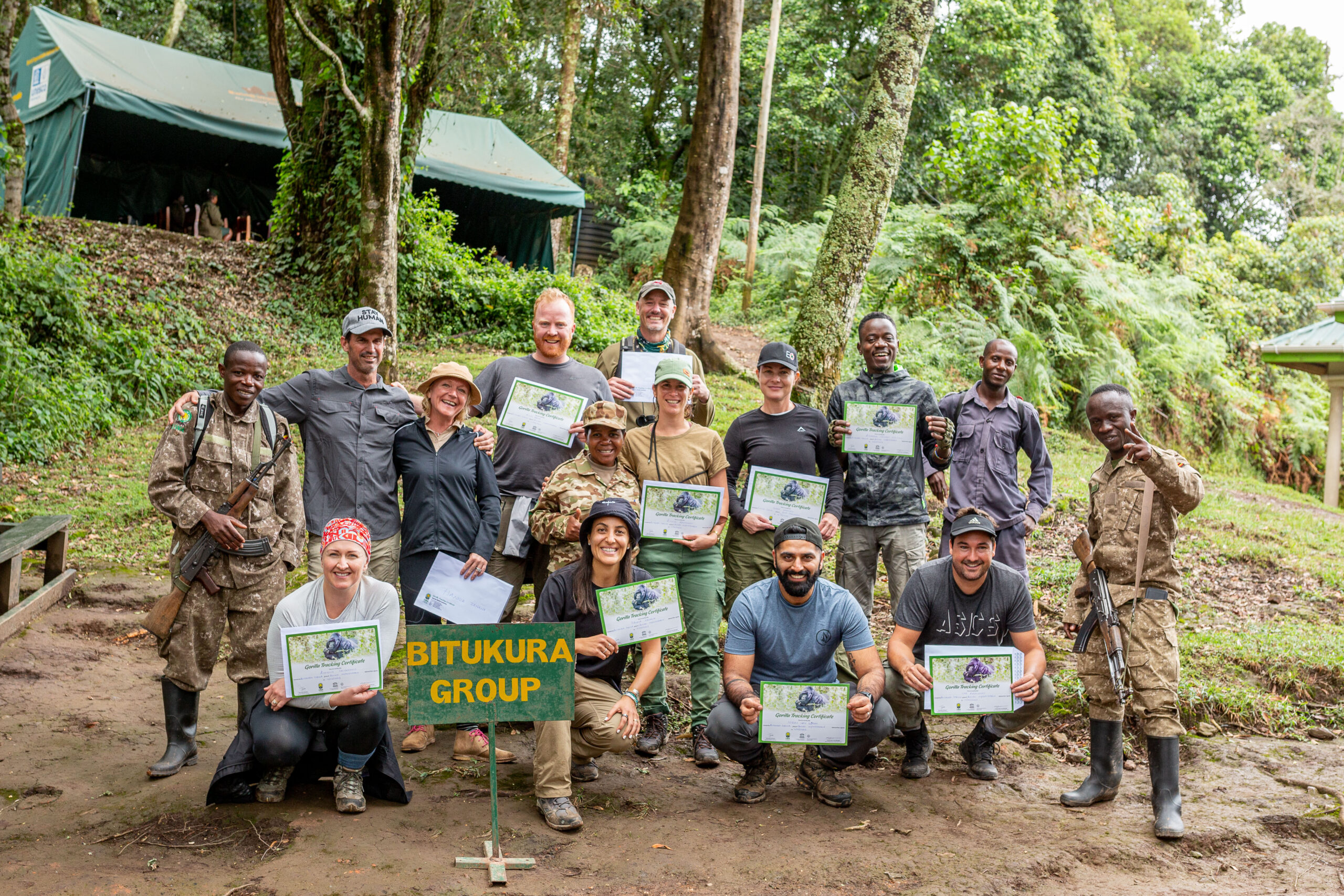
Also, the park is a source of major Rivers, for instance;
- lvi
- Ishasha
- Munyaga
- Ntengyere
- Ihihizo which flow into lake Edward and some flow into Lake Mutanda.
Bwindi Impenetrable National park
To begin with, Bwindi impenetrable National park is a mist-cover rain forest. More to that, it was gazetted as a national park in 1991 and was listed by UNESCO as world Heritage Site in 1994 following it’s unique bio-diversity.
Additionally, the park seats on 321 Square kilometers from which over 19 gorilla families live.
The first gorilla family/ group to be tracked by tourists was Mubare gorilla family. Moreover, it was a great landmark for mother Uganda. Over the years we have witnessed enormous increase in gorilla groups or families.
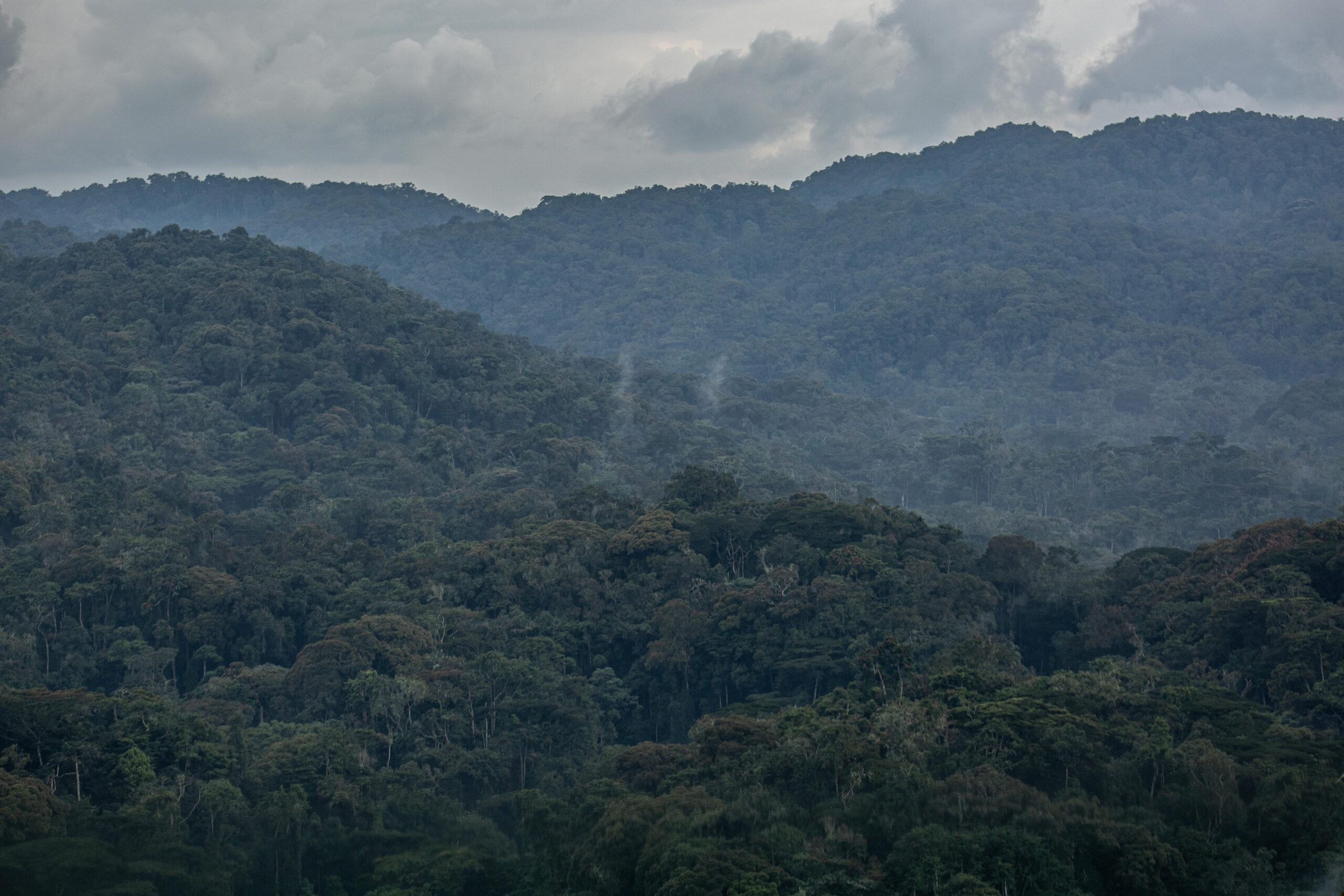
Flora and Fauna
First of all, Bwindi Impenetrable National Park has over 400 species of plant, 120 mammal species not forgetting several primates like the chimpanzees, Baboons, monkeys as well as lots of antelopes. Secondly, the park is a home to over 350 bird species including the famous 23 Endemics where 90% are Albertine Rift endemics, 220 butterfly species, 27 frog’s species, chameleon, geckos etc.
Additionally, the park has about 400 mountain gorillas and about 19 families are habituated for tracking in the four sectors namely; Buhoma Sector, Ruhija Sector, Rushaga sector and Nkuringo sector. Each sector is a habitat for gorilla families.
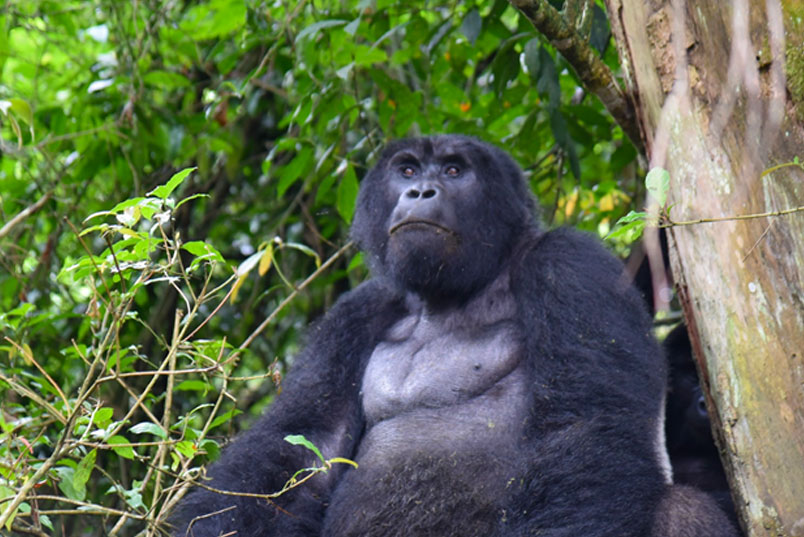
Sector for trekking
To begin with, anyone going to track gorilla must ensure that he or she has the right sector which corresponds with the right location of accommodation. More to that, this is because different sectors are hours drive away and one has to book accommodation depending on the gorilla permit location to avoid long morning swift travels in steep slopes.
The gorilla families in Bwindi are divided in the following sectors;
Buhoma sector has got Mubare gorilla family, Habinyanja gorilla family, Rushegura gorilla family and Katwe gorilla family.
Nkuringo sector has got: Nkuringo gorilla family, Bushaho gorilla family, Christmas gorilla family.
Ruhija Sector has got; Bitukura gorilla family, Oruzogo gorilla family, Kyaguriro gorilla family, Mukiza gorilla family.
Rushaga sector has got; Nsongi gorilla family, Mishaya gorilla family, Bweza gorilla family, Kahungye gorilla family, Busingye gorilla family, Bikyingi gorilla family, Rwigi gorilla family, Mucunguzi gorilla family.

UNESCO world heritage
In 1994, UNESCO listed Bwindi Impenetrable national park as world’s heritage site. This is due to its bio-diversity that has kept the mist-cover forest a travelers’ paradise for gorilla tracking. Furthermore, the attitude of 1160 to 2607 meters enables Bwindi National park to receive abundance of rainfall of about 1500mm annually. Buhoma sector is located on the lowest altitude and Rushaga and Nkuringo are on the high altitude
Directions to Bwindi Impenetrable forest National park.
First of all, the park can be accessed through several ways depending on your location in Uganda. You can take a fixed or chartered flight from Entebbe to Kihihi airstrip for about 1hours.10minutes.
Alternatively, you can also opt to drive from Entebbe International airport Via Masaka-Mbarara Rd, Mbarara-Kabale Rd. The journey is about 9 to 10 hours’ drive.
Another Route you can take is in Queen Elizabeth national park. You take Ishasha-Kihihi Rd to Butogota.
Some Tourists have opted to travel to Kigali in Rwanda and drive to Bwindi National Park for about 4 to 5 hours.
What to do in Bwindi Impenetrable forest National Park.
![]()
Gorilla tracking/trekking;
This is the most popular activity in Bwindi. Being the most popular activity, one needs to secure a gorilla permit in time about 90 days before their arrival date for tracking gorilla. In addition, gorilla permits cost $700 per permit and each permit admits one person into the pack. Also, you can inquiry about promotional permits. Each gorilla family has by 8 people a day. This is to avoid frustrating the gentle giants since they are in their natural habitat. One receives only one hour to experience the gorillas. Additionally, he/she must observe 7 meters distance to avoid transmission of diseases.
Gorilla Habituation Experience;
This habituation experience creates a more valuable encounter of gorillas. The aim of this experience is for gorillas to spend more time with humans. The habituation experience enables visitors to spend a maximum of 4 hours when they come in contact with the gorillas. The is a very spectacular experience. Only four people can take part in this activity at a time and requires booking 6 months in advance.
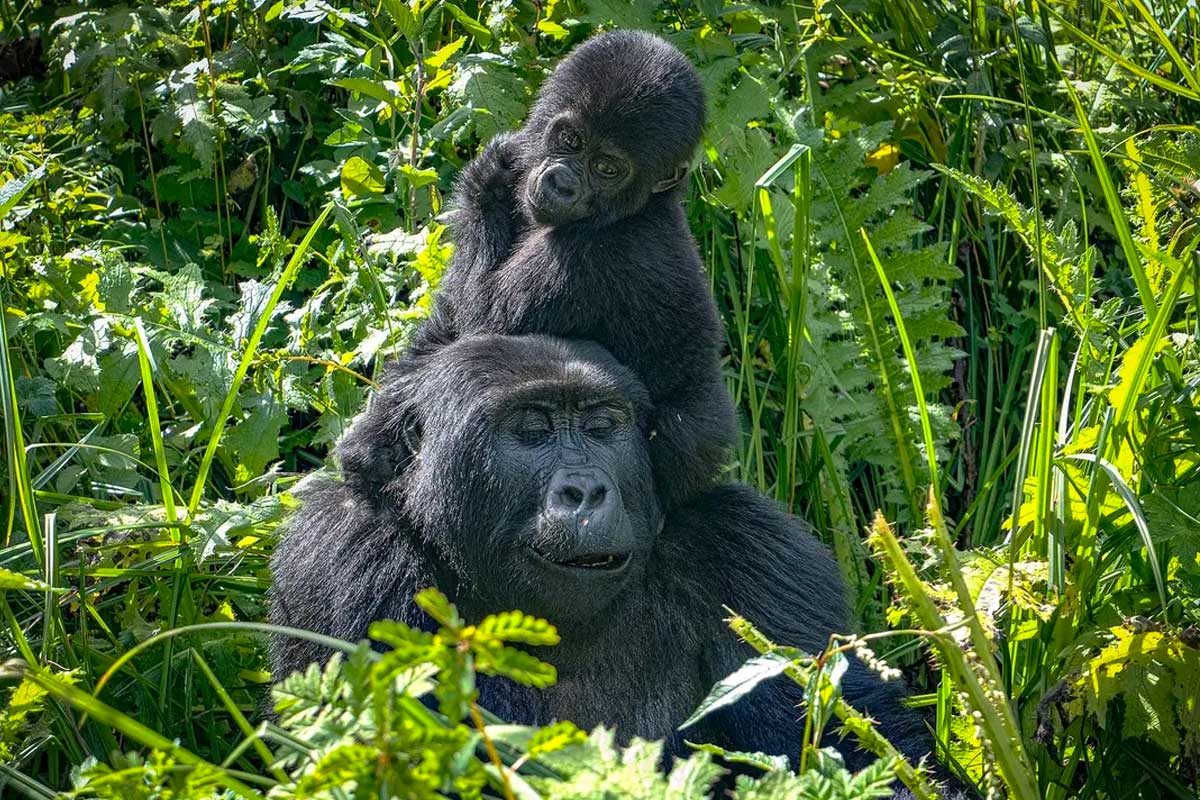
Birding in Bwindi Impenetrable National park.
Given it’s bio-diversity, the park is a home to over 350 species of birds with over 23 Endemics and 90% of the Albertine Rift endemics. Some of the Birds include; Blue-headed sunbird, Short-tailed Warbler, Handsome francolin, Rwenzori batis, Dusky Twin spot, Tit hylia and also a home to the seven IUCN red listed birds such as; African Emerald Cuckoo, common Bulbul, Red-headed bluebill, White -bellied Robin chat, African Black Duck, Shelley’s Crimson-wing, Dwarf Honey Guide etc.
Batwa Trail Cultural Experience;
The Batwa (also known as PYGMIES) were predominantly the main occupants of Bwindi Impenetrable forest before the park was gazetted in 1991. These people were hunters and wild animals served a source of fresh meat. They could also collect fruits from the various tree species in Bwindi Forest. Gazetting the park brought about a paradigm shift in the lives of the Batwa people. Here, you will learn about their ways of life like lighting firewood by using a stick, shoot target by using their local made weapons etc.

Cycling/ Biking in Bwindi Impenetrable National park;
The forest provides well maintained adventurous trails for cycling and biking. More to that, this activity starts from Buhoma park Headquarters to lvi river. It also marries sports and nature viewing.
Furthermore, along the trails of Impenetrable forest, you might have a chance to see wildlife. For instance;
- Bush bucks
- Black and white colobus monkeys
- Baboons, Red-tailed monkeys
- Lots species of Birds
- Plants
- Butterflies
- Frogs
- Chameleon
- Geckos
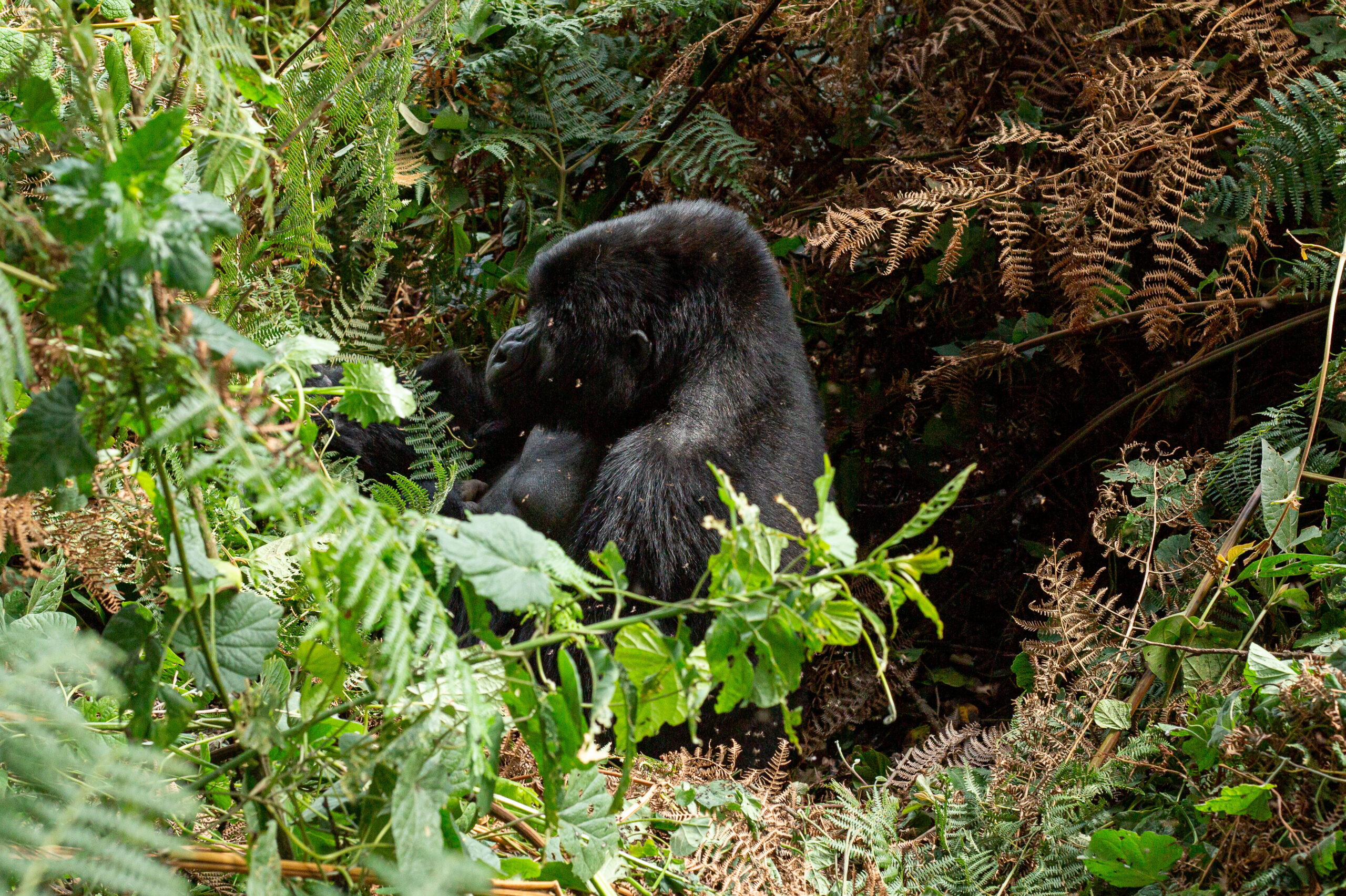
The guided cycling or mountain biking takes about 6 -7 hours round trip.
Related searches
- Road Trips from Kigali to Bwindi Impenetrable National Park
- Gishwati Makula national park
- Is Bwindi Impenetrable national park safe for Gorilla trekking?
- How to organize a fly-in safari to Buhoma for gorilla trekking
- Road Trips to Bwindi Impenetrable National Park from Entebbe
Conclusion:
Bwindi Impenetrable National Park is a treasure trove of natural and cultural wonders. Its extraordinary biodiversity, including the iconic mountain gorillas, combined with sustainable ecotourism practices and the preservation of indigenous cultures, make it an exceptional destination for wildlife enthusiasts, conservationists, and those seeking a unique and enriching travel experience. As we continue to recognize the importance of protecting our planet’s irreplaceable ecosystems, Bwindi Impenetrable National Park stands as a shining example of successful conservation efforts and a symbol of hope for the preservation of our natural heritage.







